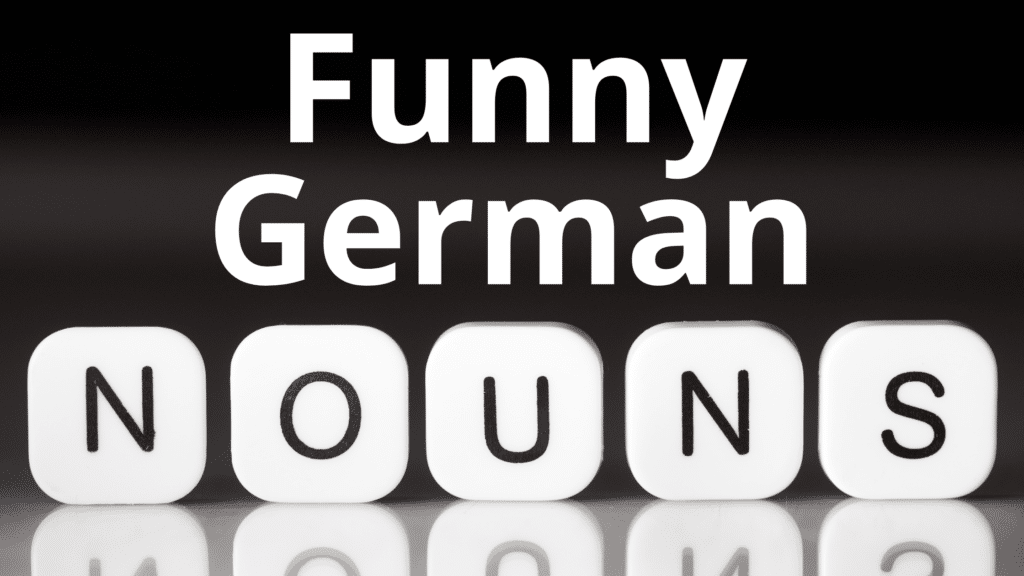French The Verb “to make” “to do”

The French verb faire means to do or to make, although it is also used in many idiomatic expressions with various different meanings. Faire is an irregular verb, and it is one of the few verbs that is irregular in the vous form of the present indicative (vous faites) as well as in the ils form (ils font).
Faire, meaning “to do” or “to make” is one of the most common verbs in French. It’s an irregular verb, meaning its conjugation is unique and doesn’t follow any specific grouping pattern. Faire is used in a variety of French expressions which you can study in the Quizlet set for this module.
Below is the conjugation chart for faire with an example sentence:
| Subject Pronoun | Faire | Meaning | Example | Translation |
| Je | fais | I am doing I am making | Je fais le ménage. | I’m doing the housework. |
| Tu | fais | You are doing You are making | Tu fais du cheval. | You are doing some horseback riding. |
| Il/Elle/On | fait | He/She/One is doing He/She/On is making | Elle fait un gâteau. | She is making a cake. |
| Nous | faisons | We are doing We are making | Nous faisons une promenade. | We are taking a walk. |
| Vous | faites | You are doing You are making | Vous faites du camping en septembre. | You are doing some camping in September. |
| Ils/Elles | font | They are doing They are making | Ils font des projets importants. | They are making some important plans. |
Notes :
- Faire is often used when referring to participation in sports or activities.
- Look again at the following example sentence:
Nous faisons une promenade / We are taking (take) a walk
Notice how words don’t always have to translate literally between French and English. The translation, “We are doing a walk” would be correct, but the translation is not as natural as the one provided.
Out of all of the expressions out there, the verb faire (to make/to do) is certainly featured in the most. Used in relation to everyday life, illness, social interactions and the weather, there’s rarely a conversation that goes by in which you don’t need to use the verb. The French verb faire means to do or to make, although it is also used in many idiomatic expressions with various different meanings. Faire is an irregular verb, and it is one of the few verbs that is irregular in the vous form of the present indicative (vous faites) as well as in the ils form (ils font).





